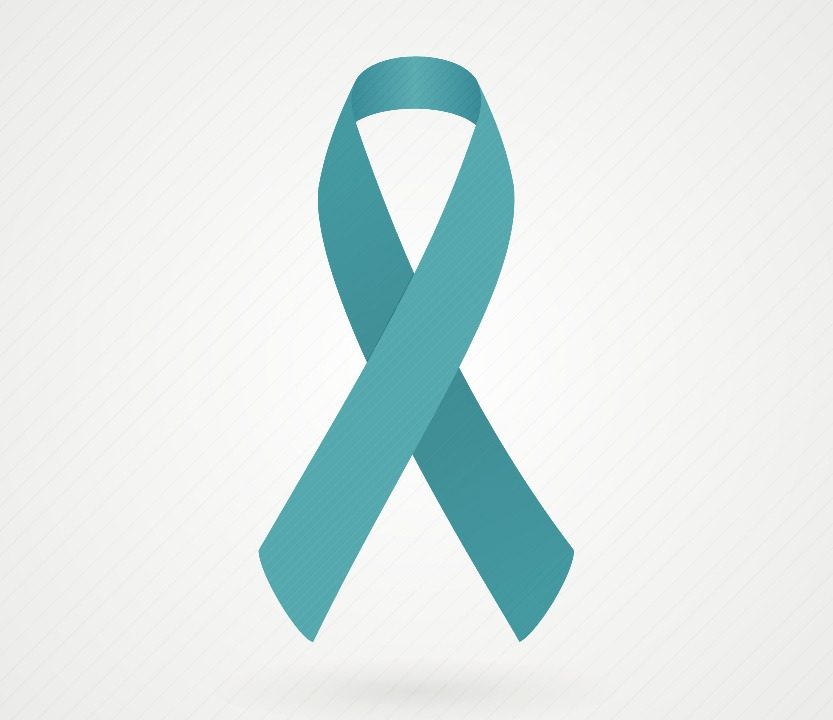Launched in November 2021, BRRISK is an online tool that helps New Zealand women manage their risk of breast cancer. Behind it is an algorithm called BOADICEA, which was developed at the University of Cambridge Department of Public Health and Primary Care in the UK.
What is an algorithm?
An algorithm is a series of instructions that are followed, step by step, to do something useful or solve a problem. These days, people usually talk about algorithms in relation to completing a task or analysing data using a computer.
Algorithms are everywhere. They are the thinking behind smart phones, email and WiFi. In the health sector, algorithms are used to retrieve clinical data, assist research, qualify patients for treatment protocols and provide risk scores for specific diseases.
BRRISK uses the clinically-validated BOADICEA algorithm to produce personalised breast cancer risk reports. These reports help BRRISK members and their GP’s make informed decisions about breast cancer screening and lifestyle improvements.
Who created the BOADICEA algorithm?
BOADICEA stands for Breast and Ovarian Analysis of Disease Incidence and Carrier Estimation Algorithm. It was developed by Professor Doug Easton, Professor Antonis Antoniou and their research teams at the University of Cambridge Department of Public Health and Primary Care in the UK. It enables high levels of breast cancer risk stratification in the general population and women with family history. It also facilitates informed decision-making on prevention therapies and screening for each individual.
Is the BOADICEA algorithm proven?
Unlike some breast cancer risk algorithms used in New Zealand, BOADICEA can claim to be ‘clinically validated’. Validation means ‘confirmation by examination and provision of objective evidence that the particular requirements for a specific intended use can be consistently fulfilled’.
In 2019, a report published in PubMed.gov had this to say about BOADICEA:
“This comprehensive model should enable high levels of breast cancer risk stratification in the general population and women with family history, and facilitate individualized, informed decision-making on prevention therapies and screening.”




